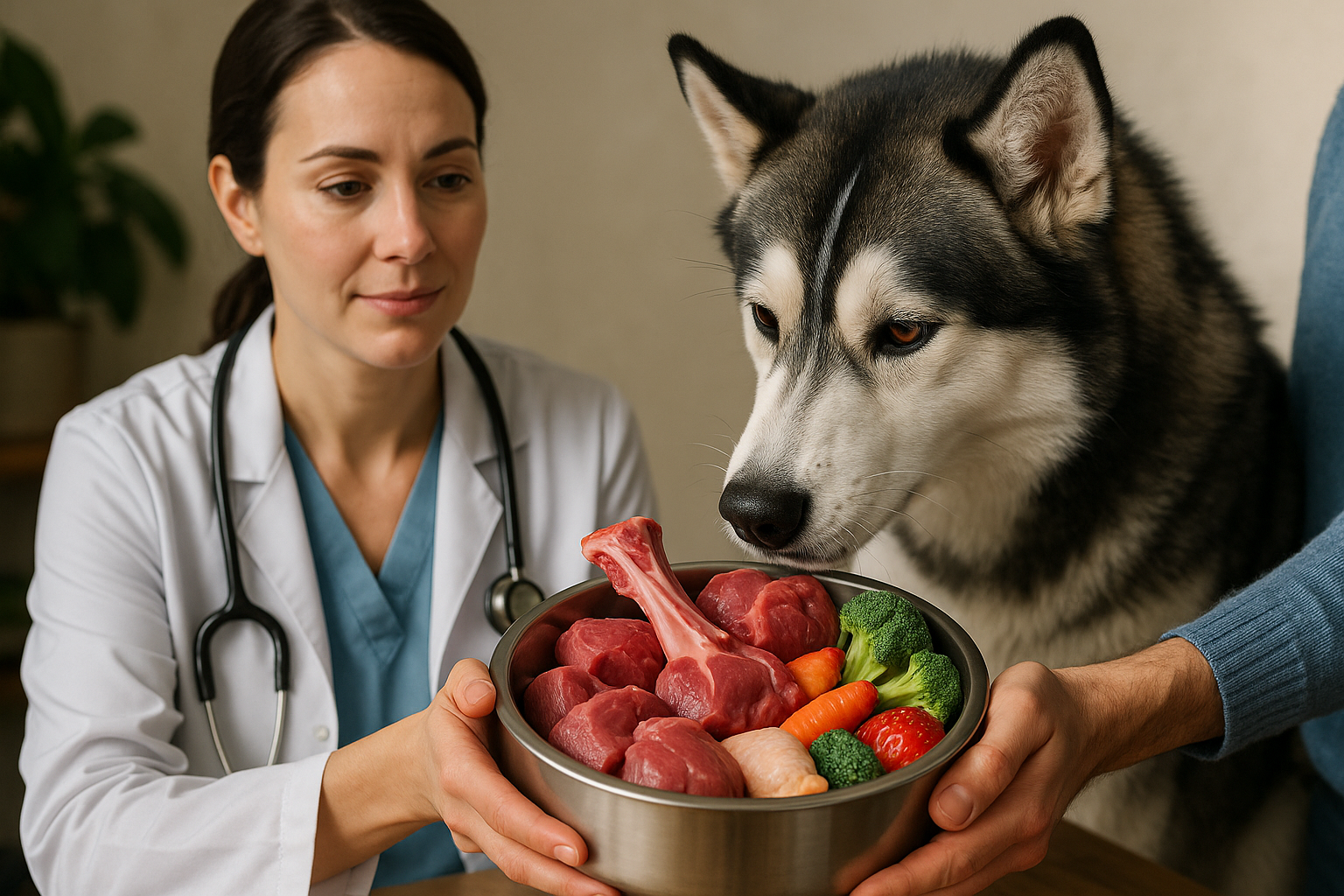Debunking Myths: The Truth About the Health Benefits of Raw Food Diets for Dogs
Dive into the world of raw food diets for dogs. Understand the history, current trends, and the truth behind the health claims. Join us as we debunk myths and provide an evidence-based perspective on this controversial topic. The concept of feeding dogs a raw food diet, also known as the Biologically Appropriate Raw Food (BARF) diet, is nothing new. It originated in the early 1900s, inspired by the natural hunting and scavenging behaviors of wolves and wild dogs. Advocates argue that this is the most natural and healthy way to feed our domesticated canines, but the scientific community and mainstream veterinarians often disagree.

The Current Trend: What’s in a Raw Food Diet for Dogs?
Today, the raw food diet typically comprises raw meat, bones, fruits, vegetables, and sometimes dairy. Proponents claim it improves dogs’ coat condition, reduces allergy symptoms, increases energy levels, and results in healthier skin, among other benefits. However, it’s essential to note that these benefits are mostly anecdotal, with limited scientific evidence to support these claims.
Pricing and Market Impact of Raw Food Diets
Raw food diets for dogs are generally more expensive than traditional commercial pet food. The price can range from $2.50 to $5.00 per pound, depending on the ingredients and brand. While the higher cost can be a deterrent for some pet owners, the market for raw pet food has grown significantly in recent years. It’s estimated that the global raw pet food market will reach $1.2 billion by 2024, reflecting an increasing interest in this feeding approach.
The Truth Behind the Health Claims
While many pet owners swear by the health benefits of raw food diets, the scientific evidence is not as clear-cut. Some studies suggest potential benefits, such as improved coat condition and decreased allergy symptoms. However, other research highlights risks, including nutritional imbalances, bacterial contamination, and the potential for injury from consuming raw bones. It’s critical for pet owners to consult with a veterinarian before transitioning their dogs to a raw food diet.
A Balanced Approach to Canine Nutrition
Ultimately, the decision to feed a dog a raw food diet should be based on careful consideration, research, and consultation with a veterinary professional. While it may offer potential benefits, it’s essential to be aware of the potential risks and manage them effectively. It’s not a one-size-fits-all solution, and what works best will depend on each dog’s specific needs and circumstances.
In the world of pet nutrition, as in many areas of life, balance is key. The most important thing is to ensure that our beloved canine companions receive a diet that is nutritionally complete, safe, and suited to their individual health needs.




